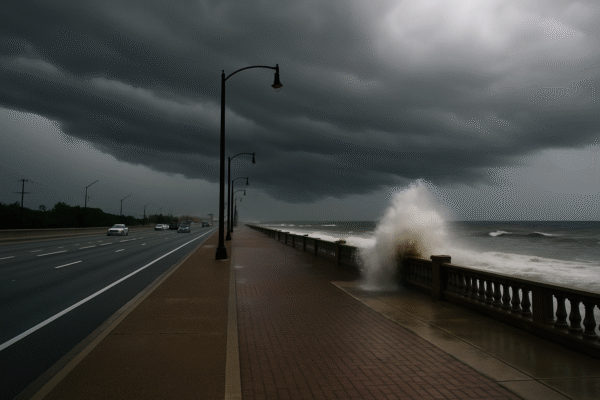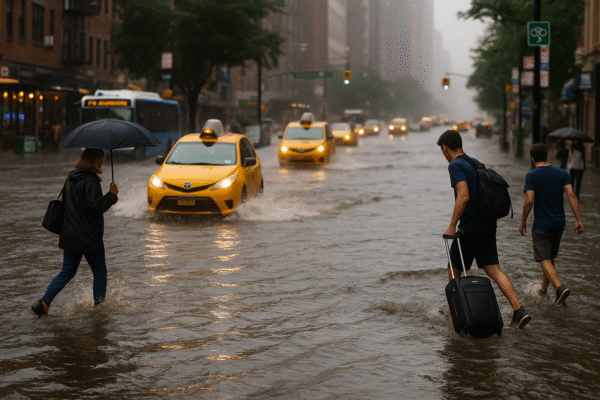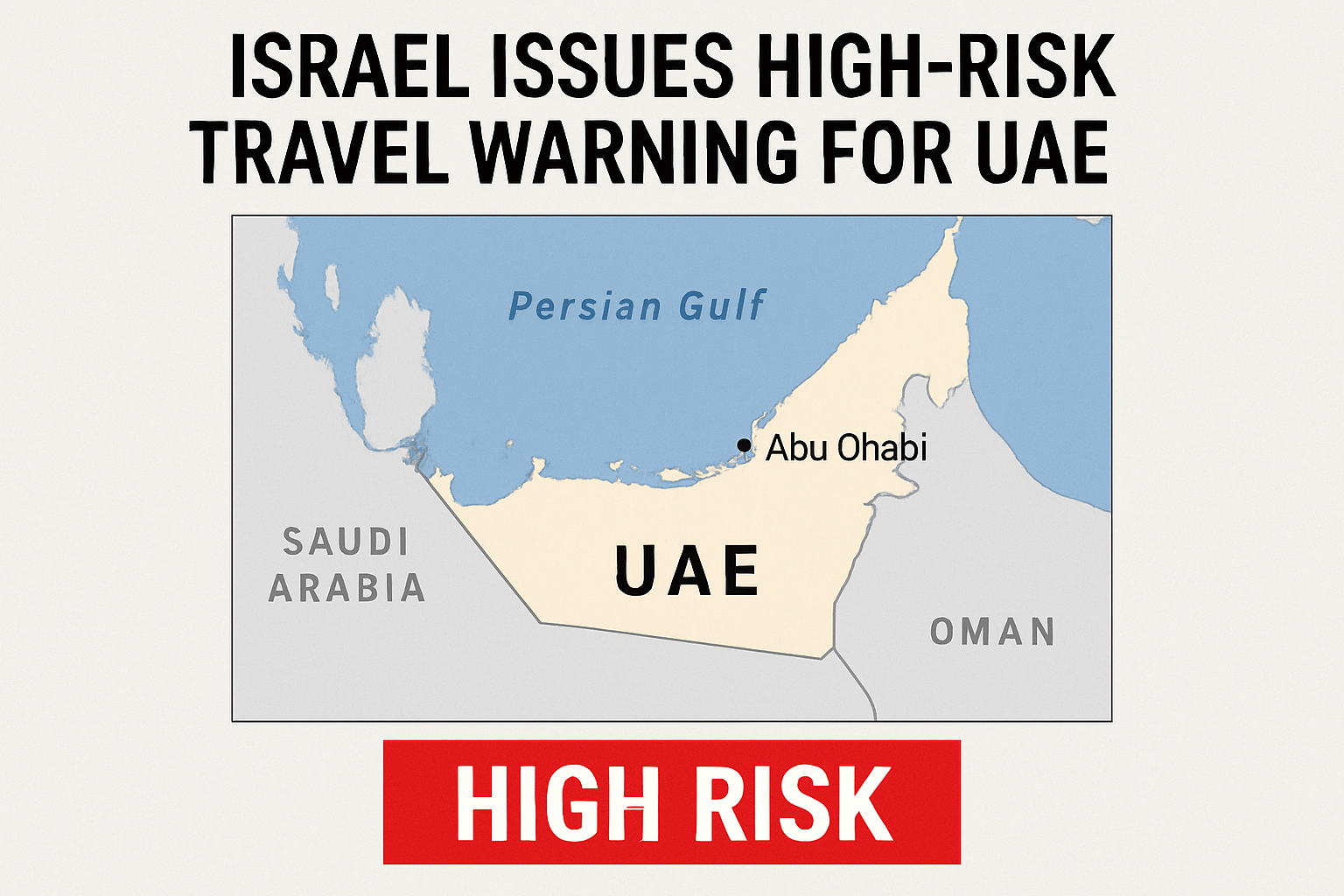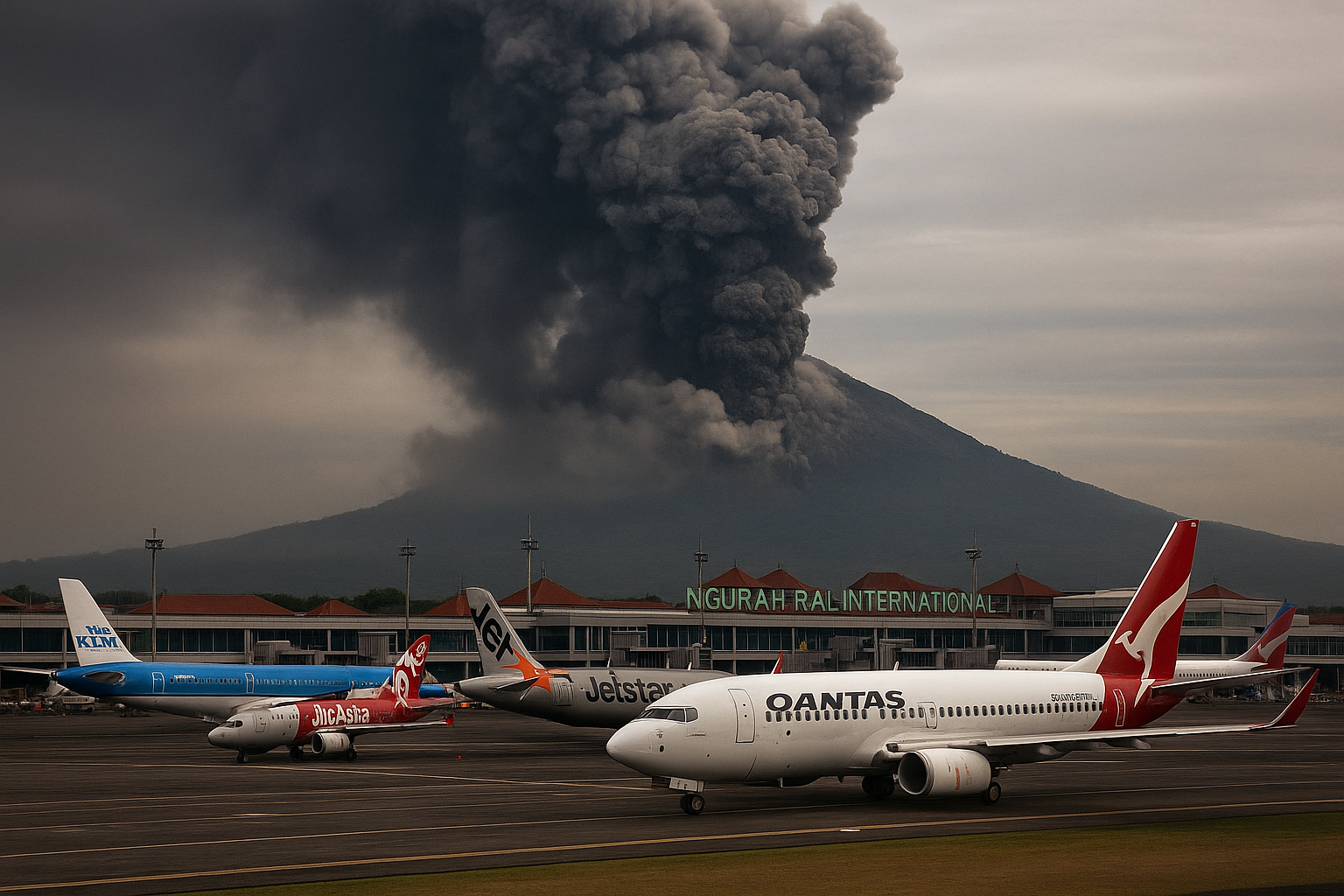BALI, INDONESIA – The eruption of Mount Lewotobi Laki-Laki in Indonesia’s East Nusa Tenggara province has severely disrupted air travel at Ngurah Rai International Airport (Denpasar), grounding more than 120 flights and stranding thousands of travelers. Affected carriers include major international airlines such as KLM, Qantas, Air New Zealand, Korean Air, Jetstar, VietJet, EVA Air, Lion Air, and Garuda Indonesia.
The Indonesian Meteorological, Climatological, and Geophysical Agency (BMKG) confirmed that the volcanic ash cloud from Mount Lewotobi reached an altitude of 11 kilometers, prompting aviation authorities to temporarily close Bali’s main international gateway.
Massive Flight Cancellations and Delays: A Snapshot
As of June 18, 2025, the volcanic eruption has led to at least 18 confirmed flight cancellations and over 110 delays. International routes to and from Australia, New Zealand, Singapore, India, and Europe have been most impacted, while domestic operations have also been thrown into disarray.
Airlines Most Affected Include:
- KLM: 2 cancellations (100%)
- Air New Zealand: 1 cancellation (50%)
- Korean Air: 1 cancellation (50%) and 1 delay
- Jetstar: 1 cancellation and 5 delays
- Garuda Indonesia: 1 cancellation and 8 delays
- Lion Air: 21 delays but no cancellations
- Singapore Airlines: 5 cancellations and 1 delay
- Malaysia Airlines: 2 cancellations and 2 delays
- AirAsia, VietJet, EVA Air: Multiple minor delays and operational adjustments
Airport officials reported that delays affected approximately 30% of all scheduled flights, with some passengers facing wait times of up to 12 hours or needing to rebook travel via other Indonesian airports.
Impact on Tourism and Travel Across the Region
The eruption of Mount Lewotobi has had a ripple effect across Southeast Asia’s travel sector, especially as Bali remains one of the region’s top international tourism destinations. With Ngurah Rai Airport acting as a central hub, disruptions in Bali have affected onward travel to:
- Australia (Sydney, Melbourne, Perth)
- New Zealand (Auckland)
- India (Delhi, Mumbai)
- Singapore, Malaysia, Thailand, and Vietnam
Several airlines have activated contingency plans, offering free date changes, flight waivers, and hotel accommodationsfor stranded passengers. Qantas, Jetstar, and KLM have also issued public advisories through their websites and social media platforms.
Tourism businesses across Bali, including resorts and tour operators, have also reported increased inquiries from affected travelers seeking assistance with alternative arrangements.
Authorities Respond with Alerts and Evacuations
Indonesia’s National Disaster Mitigation Agency (BNPB) raised the volcanic alert level to its highest tier. The agency issued a 7-kilometer exclusion zone around Mount Lewotobi and warned residents and tourists to avoid areas near the crater.
Dozens of families in nearby villages have been evacuated, with emergency shelters established in East Nusa Tenggara province. The Indonesian Geological Agency continues to monitor seismic activity, warning that further eruptions may occur.
At Bali’s Ngurah Rai Airport, extra safety protocols have been put in place, including:
- Ash detection monitoring systems
- Real-time satellite tracking
- Coordination with air traffic control and airline operators
Safety Measures for Travelers in Bali
Travelers already in Bali or en route are urged to:
- Check flight status regularly via official airline websites
- Monitor Ngurah Rai Airport’s real-time notices
- Sign up for SMS or email alerts from their airlines
- Use ground transportation options (such as ferries from neighboring islands) if urgently needed
The airport’s customer service center has been reinforced to handle increased passenger inquiries, while local hotels and travel agents are providing assistance for booking changes.
Tourism Resilience Amid Natural Disasters
Volcanic activity is not uncommon in Indonesia, which sits along the Pacific Ring of Fire. Mount Agung’s 2017 eruption and Mount Merapi’s periodic activity have also impacted air travel in previous years.
However, Bali’s tourism sector has shown resilience time and again. While this latest eruption has brought disruptions, both government agencies and the private sector have acted swiftly to manage the situation, prevent panic, and minimize traveler discomfort.
Sandiaga Uno, Indonesia’s Minister of Tourism and Creative Economy, stated:
“We are working closely with disaster management authorities and tourism stakeholders to ensure the safety of visitors and to support the travel industry’s recovery as the situation stabilizes.”
Alternative Airports and Routes for Stranded Travelers
With Bali’s main airport under strain, travelers may consider alternative travel routes through nearby airports:
- Juanda International Airport (Surabaya) – ~1.5-hour flight from Bali
- Lombok International Airport (LOP) – accessible via ferry
- Soekarno–Hatta International Airport (Jakarta) – major international gateway
Several airlines have begun rerouting flights or offering connecting services to help passengers reach their destinations, albeit with extended travel times.
Conclusion: Travel Disrupted, Safety Prioritized
As the ash cloud from Mount Lewotobi Laki-Laki continues to affect airspace over Ngurah Rai International Airport, travel disruption is expected to persist for at least 24–48 more hours depending on wind patterns and seismic activity. Over 120 flights have already been delayed or canceled, affecting major global carriers and thousands of passengers.
Travelers are strongly advised to remain flexible, follow airline updates closely, and prioritize safety over schedule. The incident is a timely reminder of the vulnerability of air travel to natural phenomena, and the importance of preparedness and coordination in tourism and aviation sectors alike.
For more travel news like this, keep reading Global Travel Wire





















